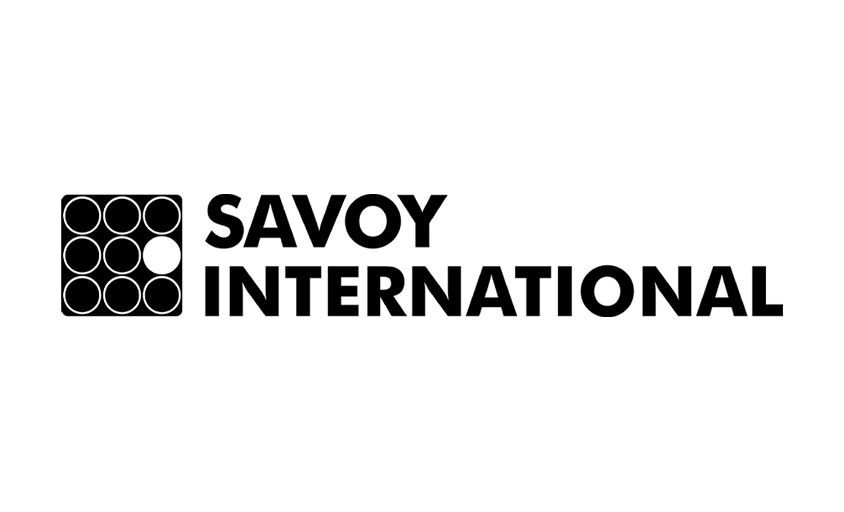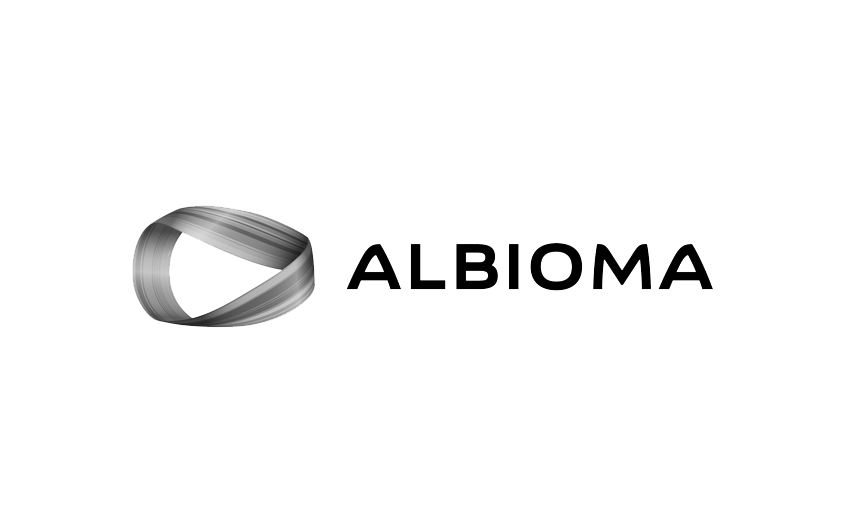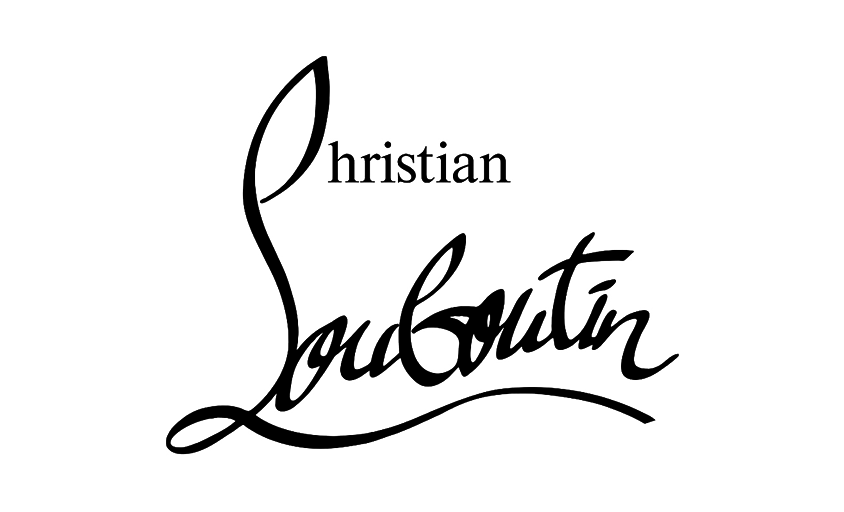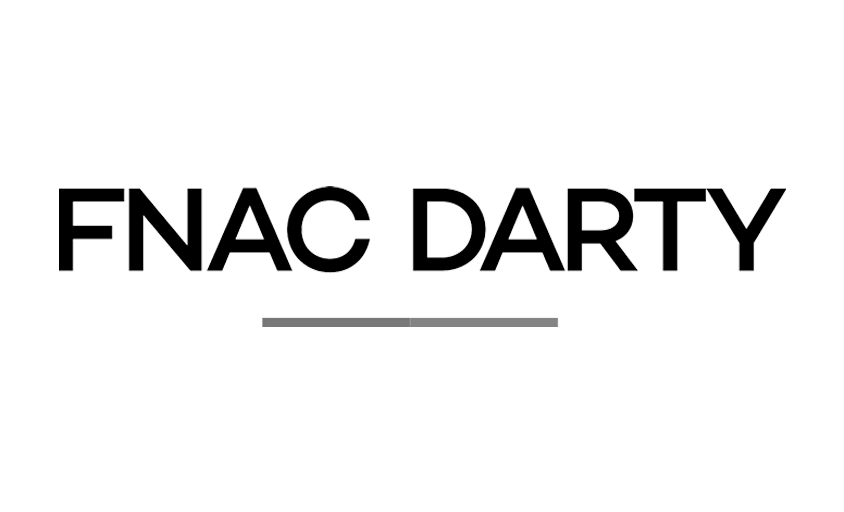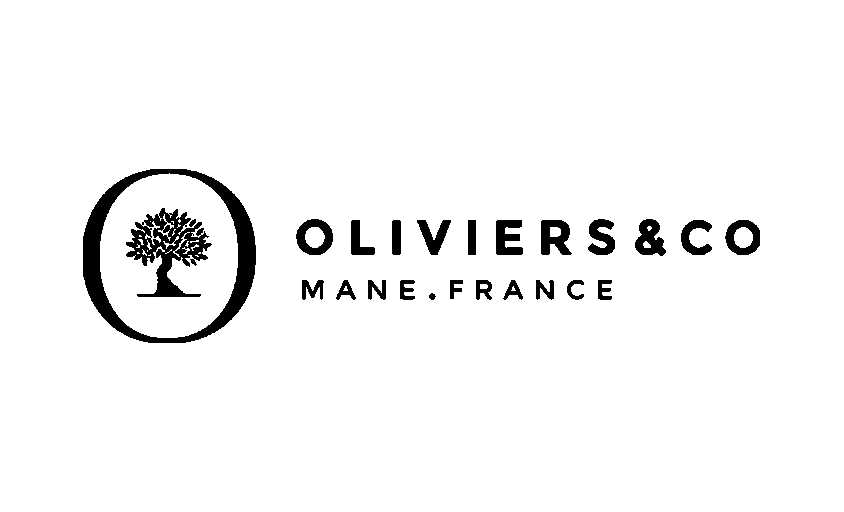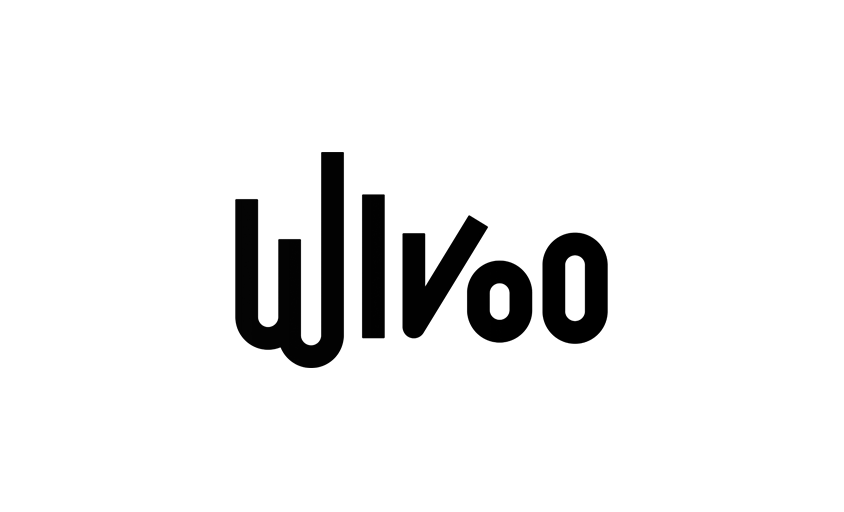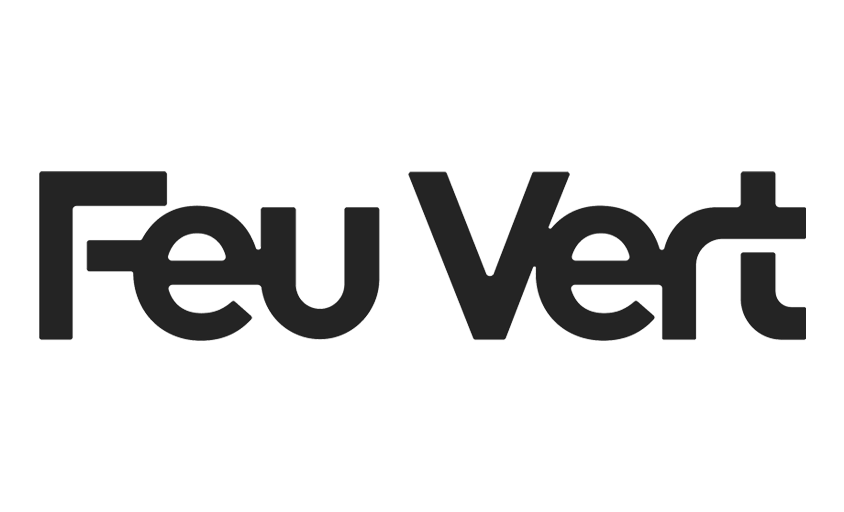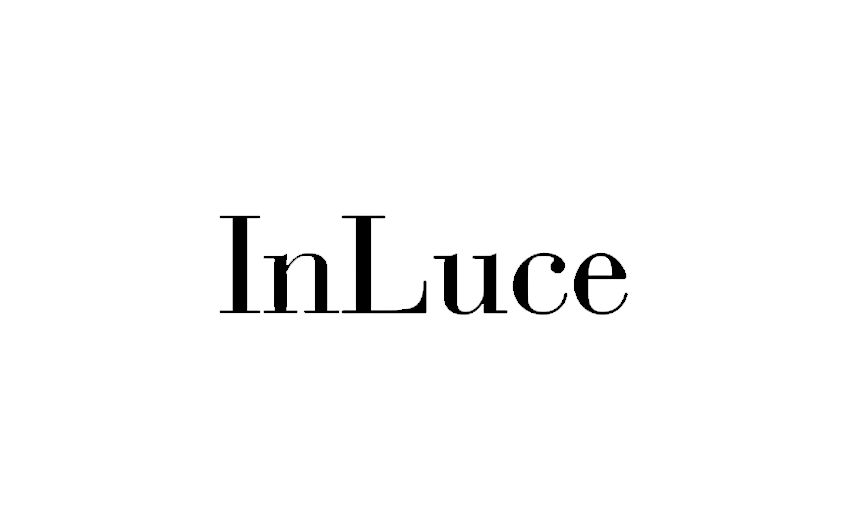Tacit Agreement
In this article :
In the field of professional photography, the question of consent and usage rights of images is crucial. Yet, one concept often comes up in informal exchanges: that of tacit agreement. This term, sometimes misunderstood or used imprecisely, refers to a situation where permission to do something is assumed to have been given, without it having been formally expressed in writing or orally. In the context of a photography collaboration, this notion deserves particular attention, as it can have significant legal or contractual consequences.
What is a Tacit Agreement in Photography?
A tacit agreement is a form of implicit consent: no signature or written exchange formalizes the authorization, but behaviors, circumstances, or the absence of obvious opposition may suggest that an agreement exists. In photography, this can concern a model’s image rights, the use of photographs in a portfolio, or the publication of images on social media. For example, when a client agrees to a photo session and does not object to the publication of the images, some interpret this silence as a tacit agreement. However, beware: this type of consent does not legally protect the photographer in case of dispute. The interpretation of a tacit agreement depends on context and does not hold the same value as a signed contract.
The Legal Limits of a Tacit Agreement
In practice, a tacit agreement may be tolerated in certain contexts, but it never constitutes sufficient legal guarantee. Regarding image rights, French law requires clear and explicit authorization from the photographed person for any use of their image. Relying on a tacit agreement thus exposes one to risks, especially if the person changes their mind or disputes the use of the photos. The same applies to exploitation rights: even if a client does not oppose the use of their photos in your portfolio, this does not equal formal approval. Without a contract, ambiguity reigns, and in case of disagreement, the photographer may be left without any protection. Case law almost always favors the party who did not give explicit consent.
Why Formalize, Even in Cases of Perfect Understanding
Even if the collaboration is smooth and relationships are built on trust, it is strongly recommended to formalize agreements in writing: authorization for publication, rights transfer, payment terms, image usage, etc. A clear email, a signed estimate, or a simple clause added to a standard contract often suffice to remove any ambiguity. This allows working calmly, avoiding misunderstandings, and anticipating conflicts. The use of tacit agreement, often out of convenience or habit, should only be a temporary solution and never a standard practice. Photography is a profession that deserves clear rules, even within an artistic or collaborative framework.
Conclusion
A tacit agreement may seem practical in the short term, but it remains a gray area with little legal value in most photography-related cases. To protect your work, your rights, and your professional relationships, it is better to opt for clear communication and appropriate contractual documents. Even in informal settings, transparency and formalization are the photographer’s best allies. And you, do you take the time to set the foundations of your collaborations before pressing the shutter?
Jérémy Carlo is the editorial director at Rétines, where he ensures the consistency and clarity of all content produced by the studio.
Our Clients
Let’s discuss
What we do for you at Rétines
Meticulous work, an organised project and fast delivery. And to achieve this, we mobilise the right resources in our teams at the right time.
01
Pre-production
Artistic and technical direction tailored to the project.
Relevant recommendations on content, form and resources.
02
Photo Shooting
Photos taken by our experienced photographers.
Production that’s controlled, efficient and tailored to the needs of the project, with nothing superfluous.
03
Retouching
Technique
Photographs magnified by our retouching team.
Post-production to meet the commercial challenges of the brief.


